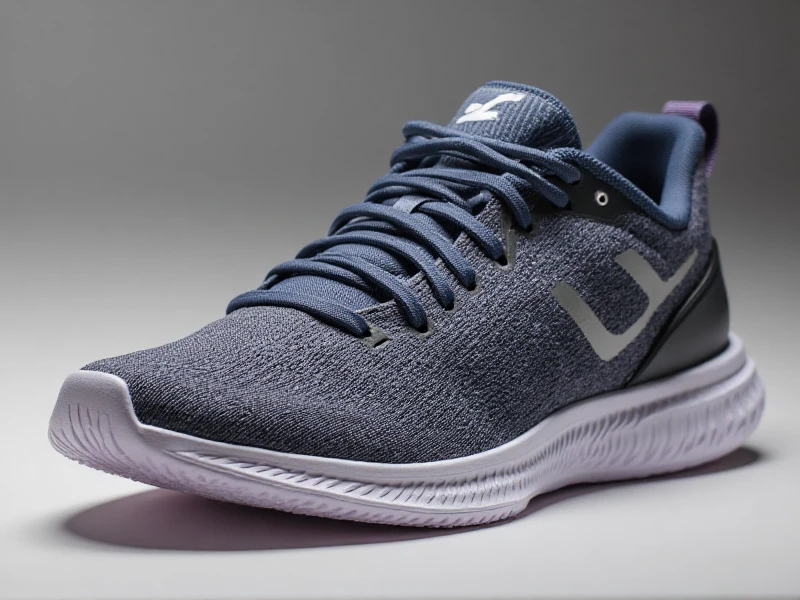Men's Running Shoes: Your Guide to Finding the Perfect Fit

Finding the ideal men's running shoes isn't just about style; it's about comfort, performance, and preventing injury to keep you enjoying every stride. With countless options available, knowing what to look for can transform your running experience.
Your choice heavily depends on your unique running style. Key factors include:
- Foot Type and Arch Support (Pronation): Your natural foot motion (pronation) is crucial. Neutral runners need cushioning shoes, overpronators require stability options, and underpronators benefit from highly cushioned, flexible shoes. Understanding whether you have low, normal, or high arches helps determine the level of support required. A simple wet footprint test can clarify your arch type. The right support prevents joint pain and common issues like plantar fasciitis.
- Cushioning Level: This preference varies greatly. Some desire maximum softness for impact protection, especially on hard surfaces or for longer distances. Others prefer minimal cushioning for a closer-to-ground feel and better road connection. Consider where you run – road shoes differ significantly from trail footwear needing grip and rock protection – and your typical distance.
- Fit and Feel: Men's running shoes should feel snug, not tight, with about a thumbnail's space (roughly 1/3 to 1/2 inch) between your longest toe and the shoe's end. Ensure the heel is secure and the midfoot comfortable – width is as important as length! Try shoes on later in the day when feet are naturally slightly larger and always wear your running socks. Walk and ideally jog a bit in-store to test comfort. Don't settle for pressure points.
Understanding Shoe Types:
- Cushioned (Neutral): Designed for neutral runners and underpronators, focusing on plush comfort (e.g., brands like Brooks Ghost, Hoka Clifton, Asics Gel-Nimbus).
- Stability: For overpronators, offering medial support using features like firmer foam or guide rails to correct excessive inward roll (e.g., Brooks Adrenaline GTS, Saucony Guide, ASICS GT-2000).
- Motion Control: Maximum support and rigid construction for severe overpronation or heavier runners (less common now as stability tech improves).
- Lightweight/Racing Flats: Prioritizing speed and minimal weight for performance and competition. Often have less cushioning and support.
- Trail Running Shoes: Rugged outsoles, enhanced protection, and grip designed explicitly for off-road terrain.
Maximizing Comfort & Longevity:
Prioritize men's running shoes built with quality materials and responsive midsoles. Breathable mesh uppers keep feet cool, while durable outsoles withstand pavement wear. Replace them every 300-500 miles. Worn-out cushioning significantly increases injury risk.
Where to Buy: Visit a dedicated running store. Expert staff can analyze your gait and recommend perfect options. Trying on several top-rated men's running footwear is essential. Take your time finding the pair that feels like an extension of your foot.
Investing in the right men's running shoes tailored to your needs unlocks greater enjoyment, improved performance, and healthier running for years to come. Don't compromise – find your perfect fit today!